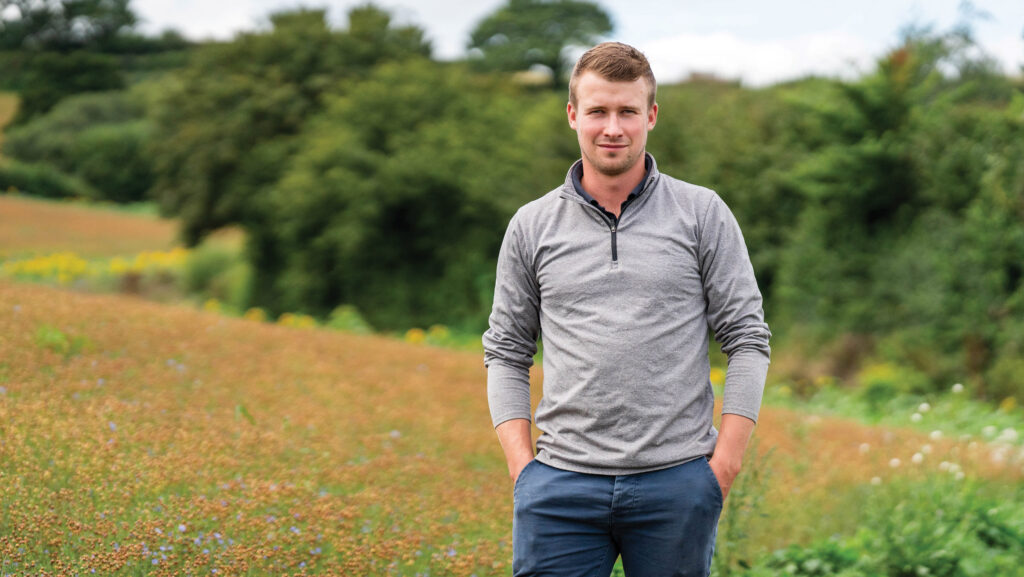Farmer Focus: Taps are off and field work can finally start
 Richard Harris © Emily Fleur
Richard Harris © Emily Fleur The taps are finally off. It’s only taken what feels like nine months to stop, as it seems to have been raining since mid-July, with the odd nice but short-lived spell in between.
But it is dry, so we can now get on with dry weather jobs, and there are certainly a lot to do.
The winter barley will be getting its last nitrogen, sulphur and foliar nitrogen fixation product. I’m pleased how Caravelle has stood up to the conditions all in all.
See also: How two farmers are cutting back on fungicides this spring
It has tillered nicely with some brown rust only in the lower canopy.
We’ll be knocking that out along with some wild oats as the first port of call, before coming back seven days later with the main fungicide, weed control and growth regulation.
That should see it through until awn emergence which will be a nice job ticked off.
The wheat is overdue its second nitrogen, sulphur and growth stage 30 application.
This year we will focus on rooting, with the application of a manganese plus phosphite formulation, along with growth regulator, fungicide and the nitrogen-fixing bacteria.
Again, we’ll be back in seven days for the main fungicide and weed control timing.
Unsurprisingly, the plants are full of septoria. A combination of the new fungicide chemistry Vimoy (isoflucypram) and some drier weather is very much needed to keep this disease at the bottom of the canopy.
The sheep have moved from the cover crops onto pastures new and its time to lightly disc up the surface before drilling our yellow linseed into a moist seed-bed.
This year it’s been treated with the Nuello iN seed treatment, a very similar principle to the foliar bacteria we’ve been applying to the wheat and barley.
This endophyte-based bacteria will colonise and live on the roots for the length of the season, hopefully contributing 30kg N/ha in a slow release form.
This year we’ll be adding foliar bacteria to it in some split field trials to see if we can push this further and reduce our bagged N requirement.
Hopefully, the combine yield map can tell us where the economic line is. Onwards and upwards.


